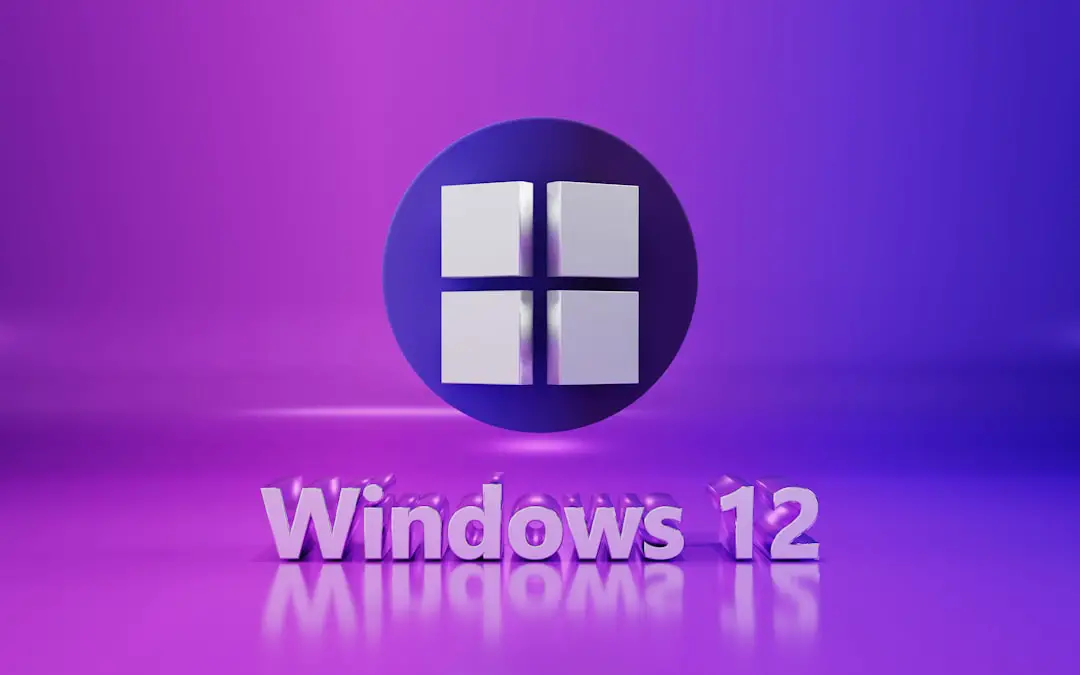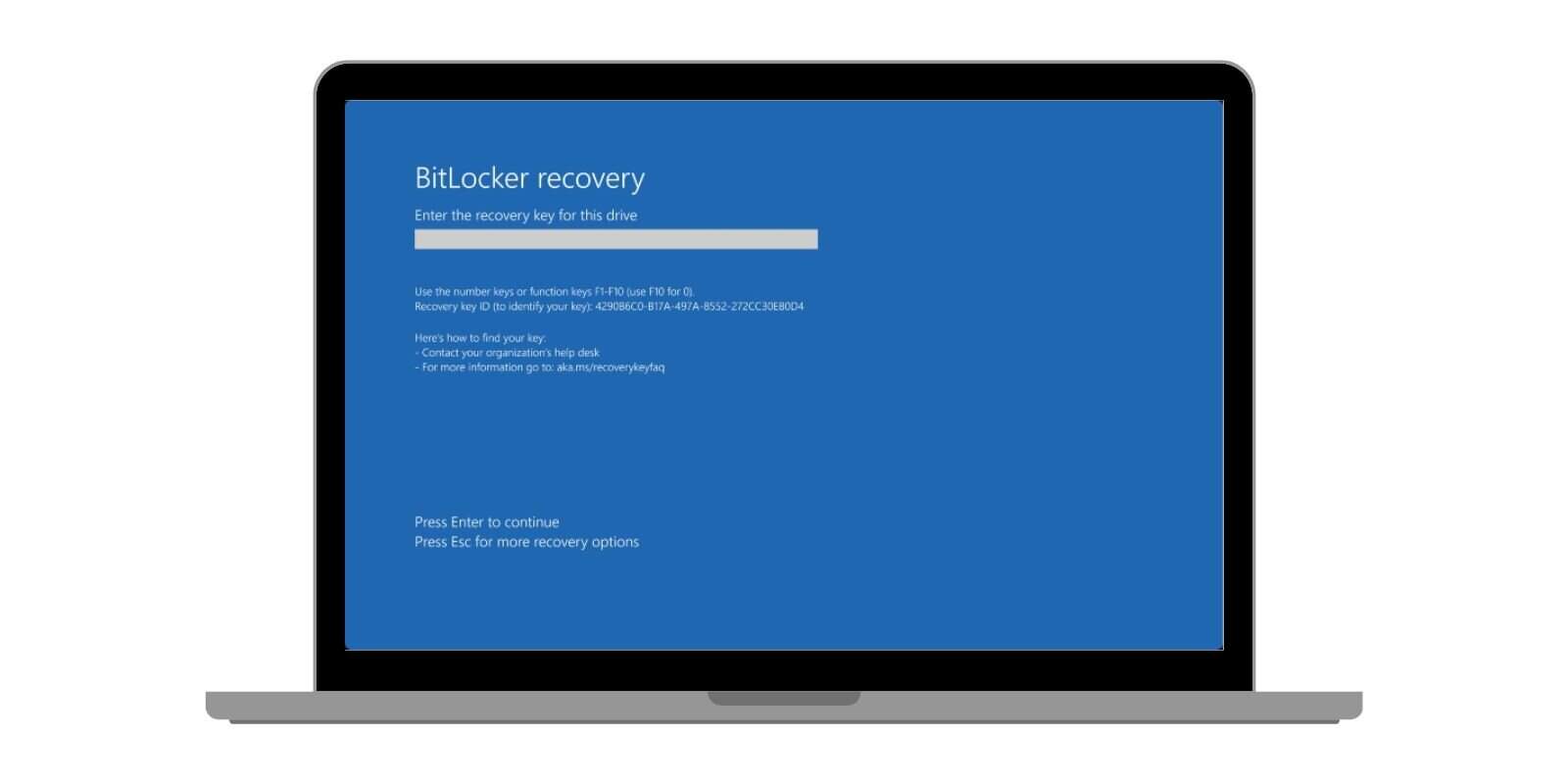You’re all set to dive into your system or boot something cool when—uh-oh—you run into the dreaded error: “An Error Occurred When Mounting DDI.” It sounds scary, right? Fortunately, it’s usually fixable, and we’re going to keep it light, simple, and stress-free.
TLDR:
This error usually pops up when your device can’t access a specific disk or drive due to issues like file system errors, misconfigurations, corrupt files, or boot inconsistencies. Common solutions include checking for hardware issues, repairing file systems, adjusting boot settings, or disabling fast startup options. Dive into the list below and try each fix until the problem disappears. Don’t worry—it’s easier than it sounds!
What Does “Mounting DDI” Even Mean?
Let’s decode the tech lingo. In simple terms, “mounting” is the process of making a storage drive—like your SSD, HDD, or USB—available to the operating system. DDI usually refers to a Device Data Interface or general disk structure. When the system fails to mount it, it’s like your computer forgetting how to open a file cabinet.
You’ll usually see this error during boot-up or right after inserting an external drive.
Common Reasons for the Error
Before you start fixing it, it’s good to know what’s causing it. Here’s a breakdown:
- File system errors – Your drive might be a little confused.
- Corrupt or missing boot files – Boot paths can get tangled, especially after updates.
- Incorrect fstab entry – A misconfigured file is messing things up.
- Hardware issues – Something could be wrong with the disk itself.
- Fast Startup enabled – This feature can mess with how drives mount in Linux/Windows dual-boot setups.
Quick Fixes to Get You Back on Track
Try these solutions one by one. You may only need one to solve your issue.
1. Boot Into a Live USB or Recovery Environment
If your computer won’t boot up, you’ll need to use a Live USB with your operating system on it. Don’t worry; it’s easier than it sounds.
- Create a bootable USB with Linux or Windows (depending on what you use)
- Boot into the USB drive using BIOS or UEFI menu
- From there, access your internal drives and make repairs

2. Check Your fstab File
The fstab (file systems table) file tells your system what drives to mount and how. If there’s even a tiny error in this file, it can trigger the DDI error.
- Boot into Live USB again
- Open a terminal
- Type:
sudo nano /etc/fstab - Look for any weird entries—especially ones with UUIDs or mount points that don’t exist
- Comment out suspicious lines with a
#at the beginning - Save and exit
Reboot and see if that fixed it!
3. Repair Disk Using fsck
This tool is like a band-aid for broken disks. It scans and fixes common file system problems.
- Identify the disk with the issue using
lsblkorfdisk -l - Run this command:
sudo fsck /dev/sdX(replace X with your drive letter) - Let it fix errors automatically when prompted
Important: Don’t do this on a mounted drive. Always unmount it first using: sudo umount /dev/sdX
4. Disable Fast Startup in Windows (For Dual-Boot Users)
If you’re dual-booting Windows and Linux, Windows may leave the drive in a weird state. That’s where Fast Startup becomes your enemy.
To disable it:
- Boot into Windows
- Go to Control Panel > Power Options
- Click “Choose what the power buttons do”
- Click “Change settings that are currently unavailable”
- Uncheck “Turn on fast startup”
Save settings. Reboot into Linux. Cross your fingers.

5. Use GParted to Check the Partition
This graphical tool makes drive repairs easy.
- Open GParted (available on most Live USBs)
- Select the problematic drive
- Right-click on the partition and click “Check”
- Let GParted do the magic
It often catches errors that fsck might miss.
6. Reinstall the GRUB Boot Loader (Linux Users)
A corrupt bootloader can also trigger random mounting errors.
- Boot into Live USB
- Mount your system partition:
sudo mount /dev/sdX /mnt - Bind necessary directories:
sudo mount --bind /dev /mnt/devsudo mount --bind /proc /mnt/procsudo mount --bind /sys /mnt/sys- Chroot into your system:
sudo chroot /mnt - Reinstall GRUB:
grub-install /dev/sdX - Update GRUB:
update-grub
Reboot and pray to the penguin gods.
7. Replace Faulty Hardware
Still no luck? Might be time to face the music—your drive or its connection could be dying. Time for a quick check:
- Swap out SATA/USB cables
- Connect the drive to a different computer
- Use tools like CrystalDiskInfo (Windows) or Smartmontools (Linux) to check drive health
If you hear clicking sounds, it’s definitely time to replace the drive 😬
Prevent Future Errors
Here are a few tips to avoid seeing that annoying DDI error again:
- Always eject external drives properly
- Regularly check disk health using smart tools
- Keep your fstab file clean and minimal
- Disable Fast Startup in dual-boot setups
- Back up your system regularly using TimeShift or other backup tools
Final Thoughts
“An Error Occurred When Mounting DDI” might sound like your computer is melting down, but in most cases, it’s a simple tweak or scan away from being fixed. It might be your drive’s quirky behavior or a misstep in configuration, but now you’ve got the tools and know-how to get back on track.
Whether you’re a Linux nerd, a Windows wizard, or a curious newbie, don’t panic—just follow the list step by step.
Stay calm. Mount on. And happy computing! 🎉

